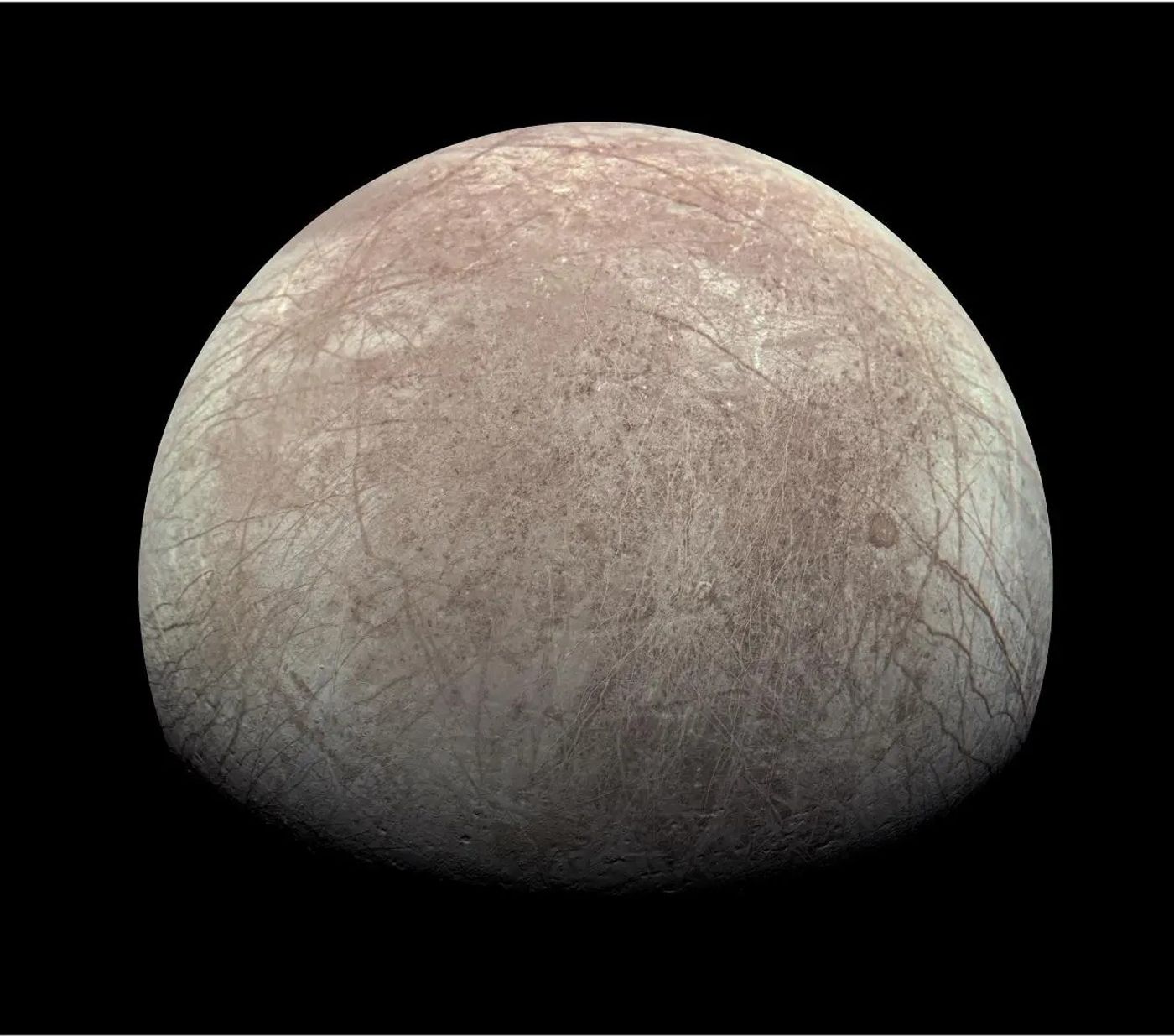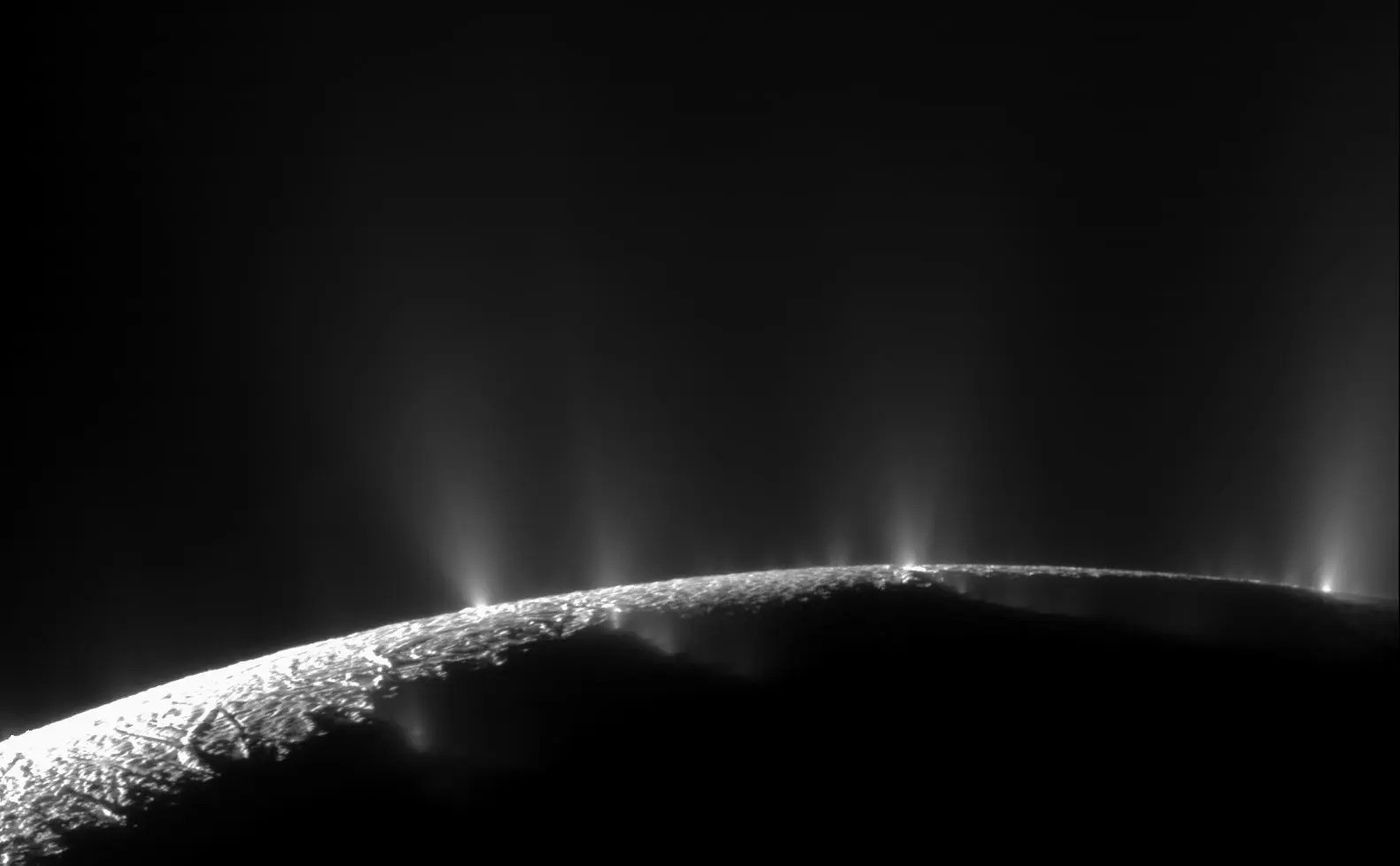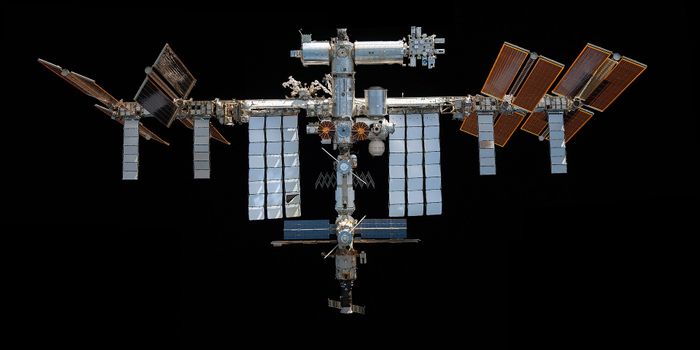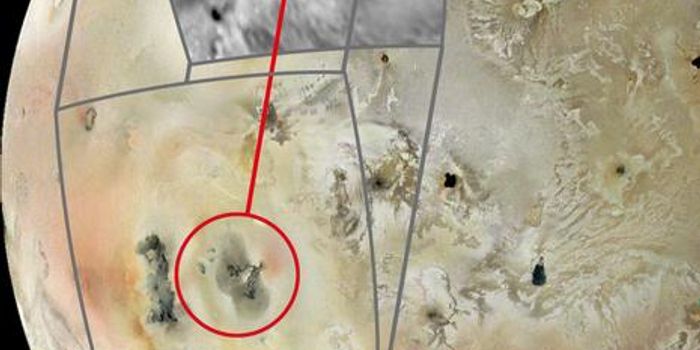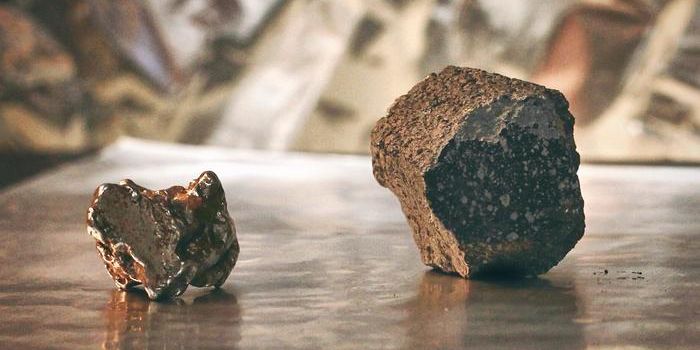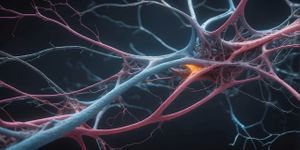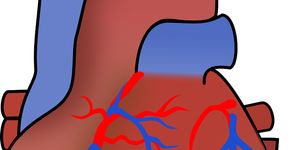Life-Detection Potential on Europa and Enceladus: Amino Acid Insights
How deep will future landers to Jupiter’s moon, Europa, and Saturn’s moon, Enceladus have to dig to find organic molecules aka the building blocks of life? This is what a recent study published in Astrobiology hopes to address as an international team of researchers investigated whether near-surface organic molecules on Europa and Enceladus could survive the intense solar and cosmic radiation since neither moon has a magnetic field like the Earth to shield it. This study holds the potential to help scientists better understand the conditions for finding life beyond Earth and the methods for finding that life, as well.
Image of Jupiter's moon, Europa, obtained by NASA's Juno spacecraft in September 2022. (Credit: NASA/JPL-Caltech/SwRI/MSSS Image processing: Kevin M. Gill CC BY 3.0)
Image of plumes emanating from the south pole of Enceladus obtained by NASA's Cassini spacecraft. (Credit: NASA/JPL/Space Science Institute)
For the study, the researchers exposed several amino acids in ices and dead organisms using liquid nitrogen to varying levels of radiation to ascertain how fast they degrade under these harsh conditions. The goal was to determine if organic molecules could survive the harsh environments on Europa and Enceladus since neither moon possesses a magnetic field like the Earth to shield their surfaces from harmful cosmic radiation. The team discovered that while certain amino acids experienced initial declines at low doses, no further declines were observed for increased doses, which they note could bode well for sampling from the surfaces of Europa or Enceladus.
“Based on our experiments, the ‘safe’ sampling depth for amino acids on Europa is almost 8 inches (around 20 centimeters) at high latitudes of the trailing hemisphere (hemisphere opposite to the direction of Europa’s motion around Jupiter) in the area where the surface hasn’t been disturbed much by meteorite impacts,” said Dr. Alexander Pavlov, who is a space scientist at NASA’s Goddard Space Flight Center and a co-author on the study. “Subsurface sampling is not required for the detection of amino acids on Enceladus – these molecules will survive radiolysis (breakdown by radiation) at any location on the Enceladus surface less than a tenth of an inch (under a few millimeters) from the surface.”
This study comes as NASA prepares to send its Europa Clipper spacecraft to the small moon and is currently proposing a potential Europa Lander that will obtain samples from Europa’s surface to ascertain their habitability.
What new discoveries about finding life on Europa and Enceladus will researchers make in the coming years and decades? Only time will tell, and this is why we science!
As always, keep doing science & keep looking up!
Sources: NASA, NASA (1), Astrobiology, NASA (2), NASA (3), NASA JPL
